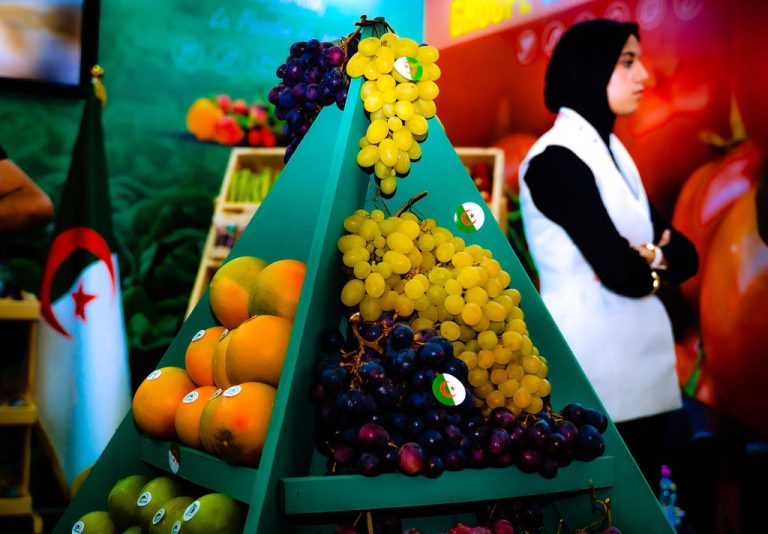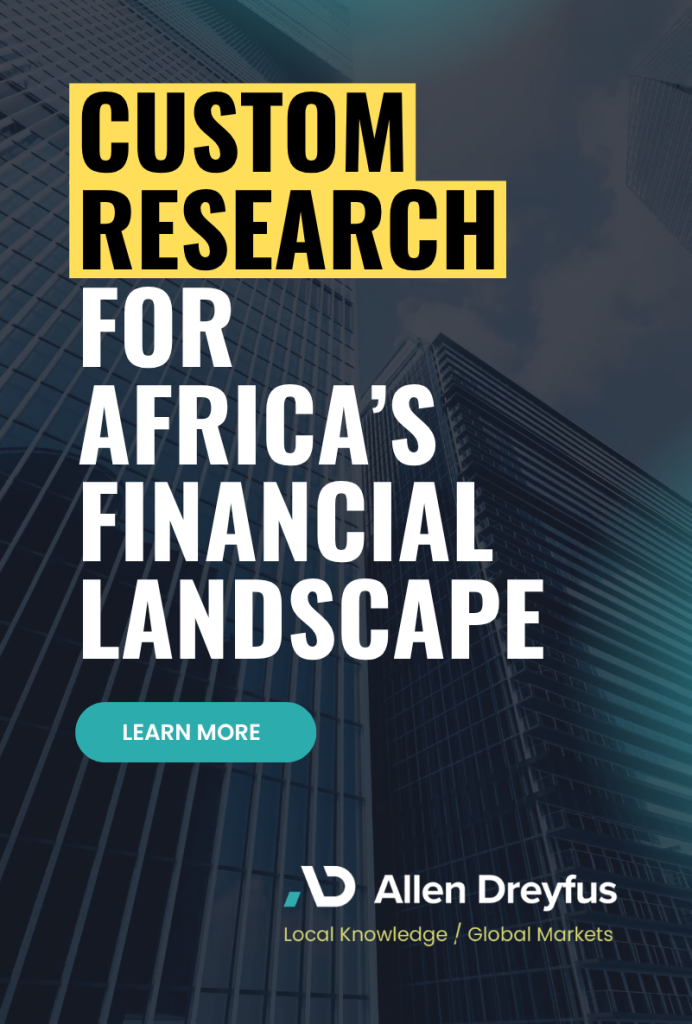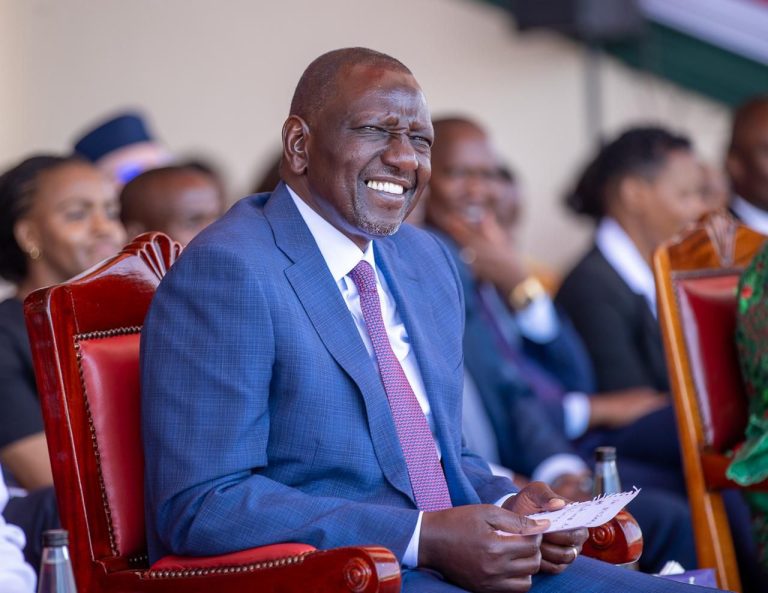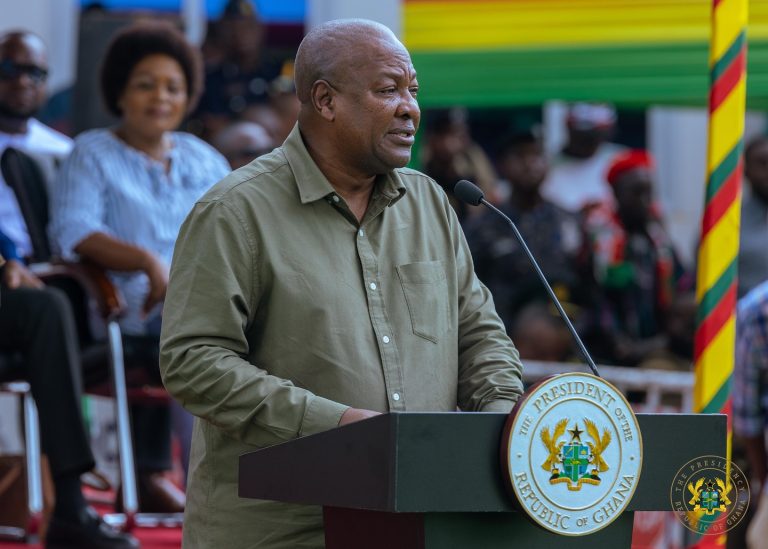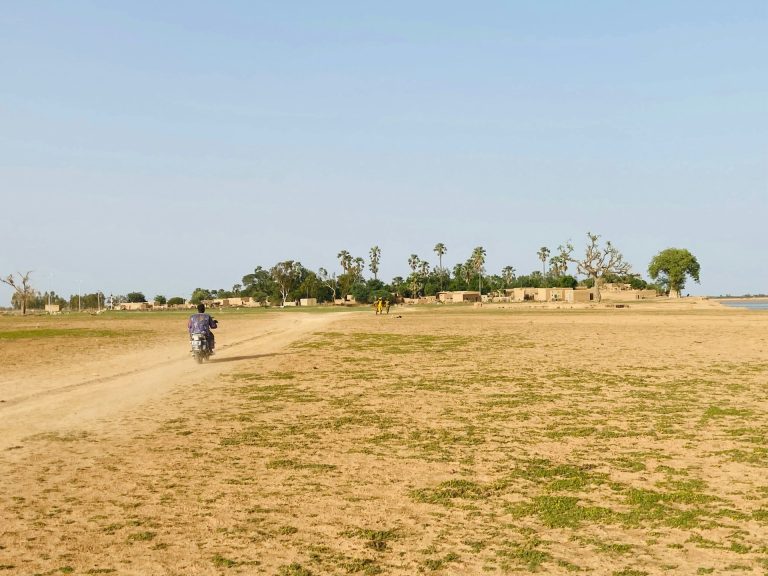- Central bank trims repo rate by 25 basis points to support recovery
- Inflation steady at 3.5% as analysts foresee low-risk investment climate
WINDHOEK, NAMIBIA – Namibia’s central bank has lowered its benchmark interest rate by 25 basis points to 6.5%, a move aimed at stimulating domestic demand and supporting economic growth.
Johannes !Gawaxab, governor of the Bank of Namibia, said the decision followed a review by the Monetary Policy Committee (MPC) to ensure the economy remains on a stable footing amid global headwinds.
“Domestic economic activity has weakened. Inflation remains subdued, while growth in Private Sector Credit Extension (PSCE) has improved further, although it remains relatively weak,” !Gawaxab said during the Monetary Policy Announcement in Windhoek.
He said the country’s trade deficit had narrowed and foreign reserves were adequate to maintain the peg between the Namibian Dollar and the South African Rand.
“The merchandise trade deficit has narrowed further, while the stock of international reserves remains sufficient to maintain the currency peg and meet the country’s international financial obligations,” he added.
Balancing growth and investor confidence
Financial analysts say the rate cut could help spur borrowing and spending, though it may also discourage short-term foreign capital inflows.
“Reducing the repo rate stimulates domestic demand and borrowing but risks reducing interest rate spreads that attract short-term capital inflows,” said Namibian financial analyst Salomon Hei. “While it may support longer-term economic growth, yield-focused foreign investment could decline.”
Namibia’s inflation rate currently stands at 3.5%, and Hei projected that it would stay below 4% through the rest of the year.
“Looking ahead, inflation is expected to remain steady, hovering between 3.5% and 4.0% for the remainder of 2025,” Hei said. “This stability reduces currency volatility risk, preserves investment returns, and enhances Namibia’s attractiveness as a low-risk environment for both foreign direct and portfolio investment within Southern Africa.”
Currency strength and investor outlook
Another financial expert, Klaus Schade, said the repo rate cut had been widely anticipated following the strengthening of the Namibian Dollar against the US Dollar.
“The Namibian Dollar has appreciated against the US Dollar and hence eased the risk of oil price-fuelled inflation,” Schade said.
He noted that lower interest rates signalled sustained price stability — a factor that improves investor confidence.
“Low interest rates reflect low inflation rates and hence price stability, which provides more certainty to investors about the economic environment they might be operating in,” he said.
However, Schade cautioned that the effect on foreign investors might be limited.
“Foreign investors often tap into foreign financial markets and do not borrow extensively on the domestic market. Their financial decisions are therefore influenced by the interest rate environment in those markets rather than in Namibia,” he added.
He also highlighted that Namibia’s medium-term economic prospects would be supported by investments in new industries, including oil, gas, and green hydrogen, which are expected to diversify the economy.
The next Monetary Policy Announcement is scheduled for December 2025.



